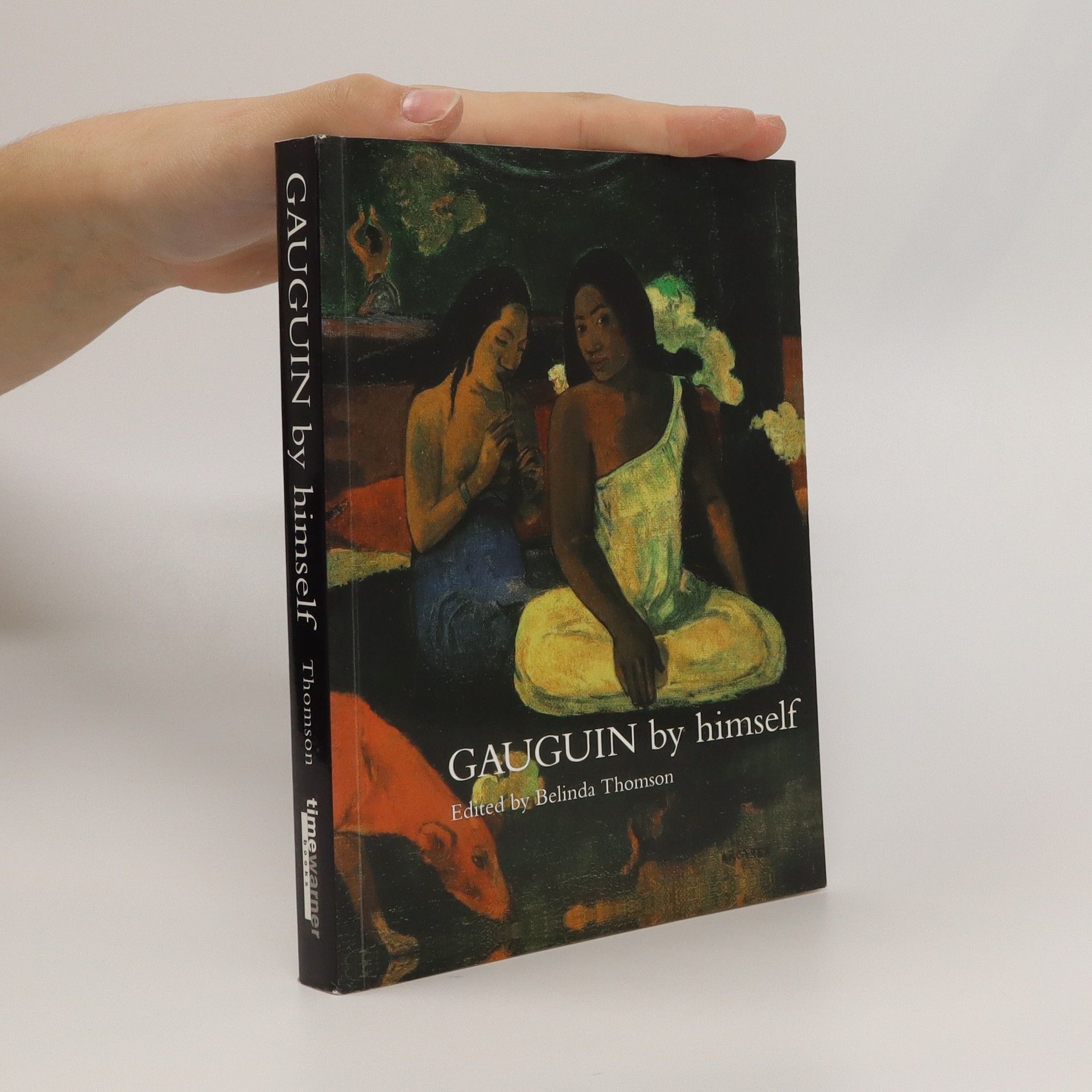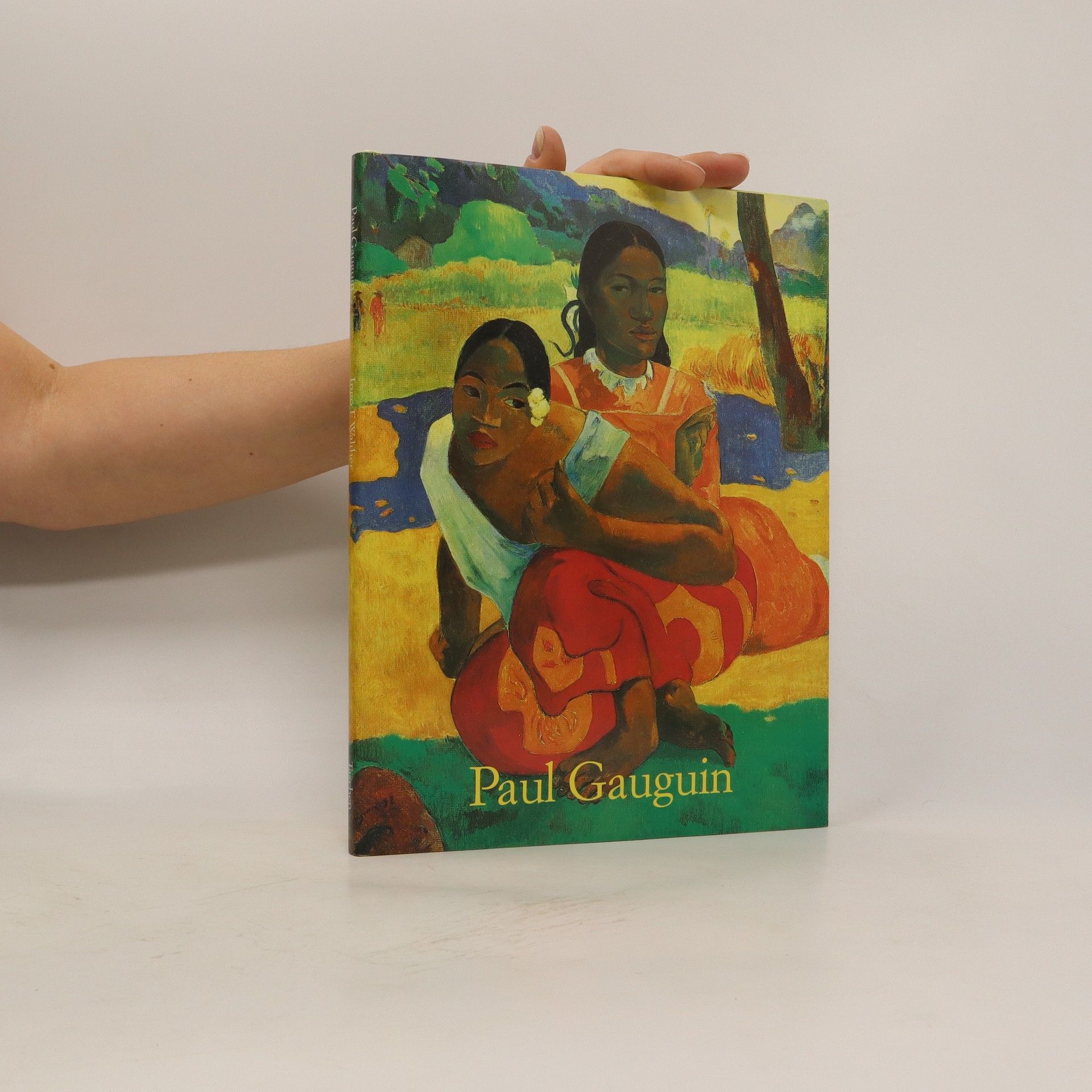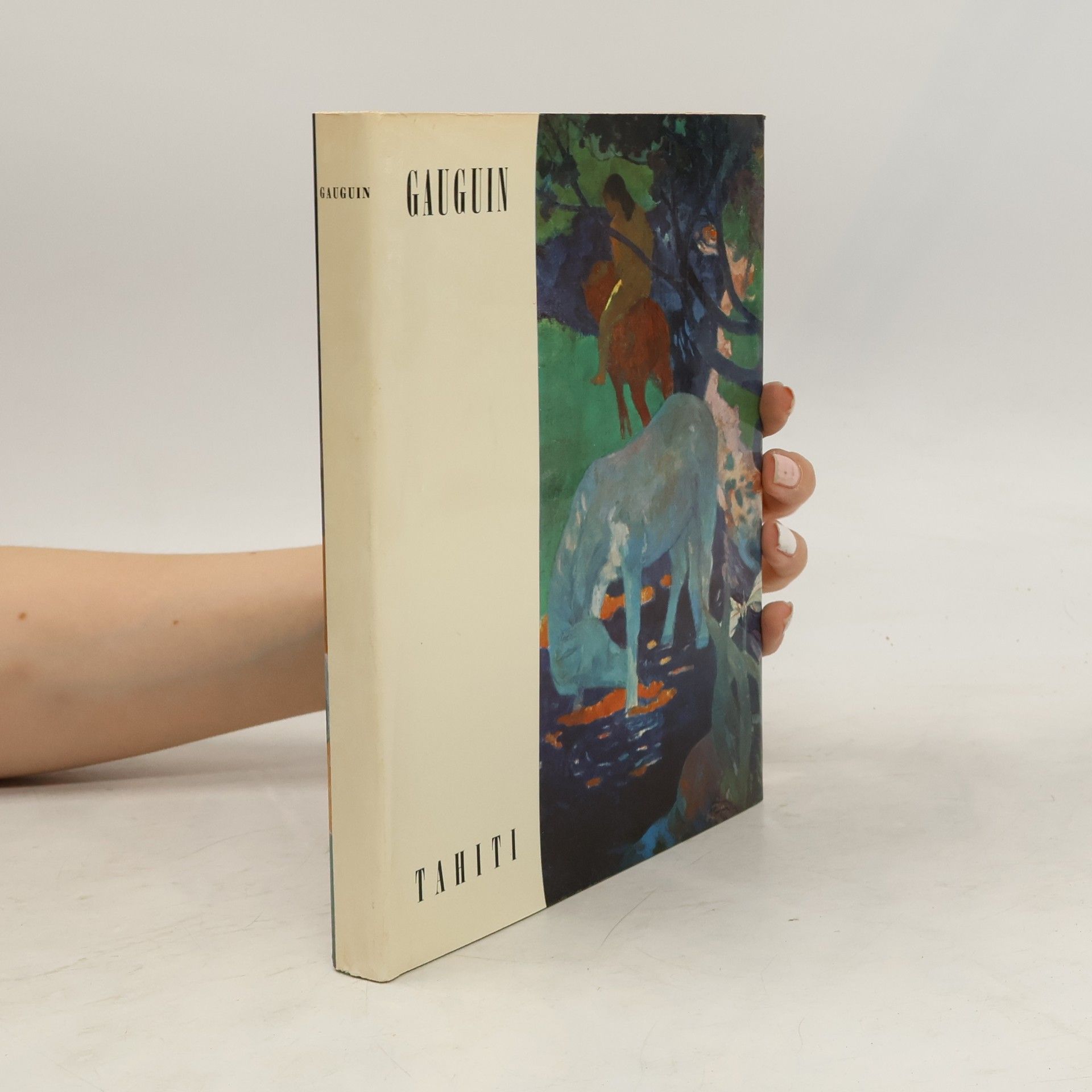Paul Gauguin Livres
Paul Gauguin, inspiré par les impressionnistes, quitta une carrière financière réussie pour se consacrer pleinement à l'art. À Pont-Aven, en Bretagne, il forgea un nouveau style connu sous le nom de Synthétisme, ordonnant et simplifiant les données sensorielles jusqu'à leurs fondamentaux. Son utilisation révolutionnaire de la couleur pour sa puissance émotive plutôt que pour sa capacité mimétique, appliquée en larges zones aux contours sombres, influença considérablement les artistes du début du XXe siècle. Gauguin rechercha le potentiel expressif dans les cultures rurales et "primitives", ce qui le conduisit à Tahiti, où il s'efforça d'inventer et d'exprimer sa propre vision du monde, entremêlant la mythologie polynésienne à des éléments occidentaux. Ses œuvres, y compris des gravures sur bois et des graphiques, abordent des questions de vie, de mort et de connaissance, faisant de lui une figure clé du Post-Impressionnisme.

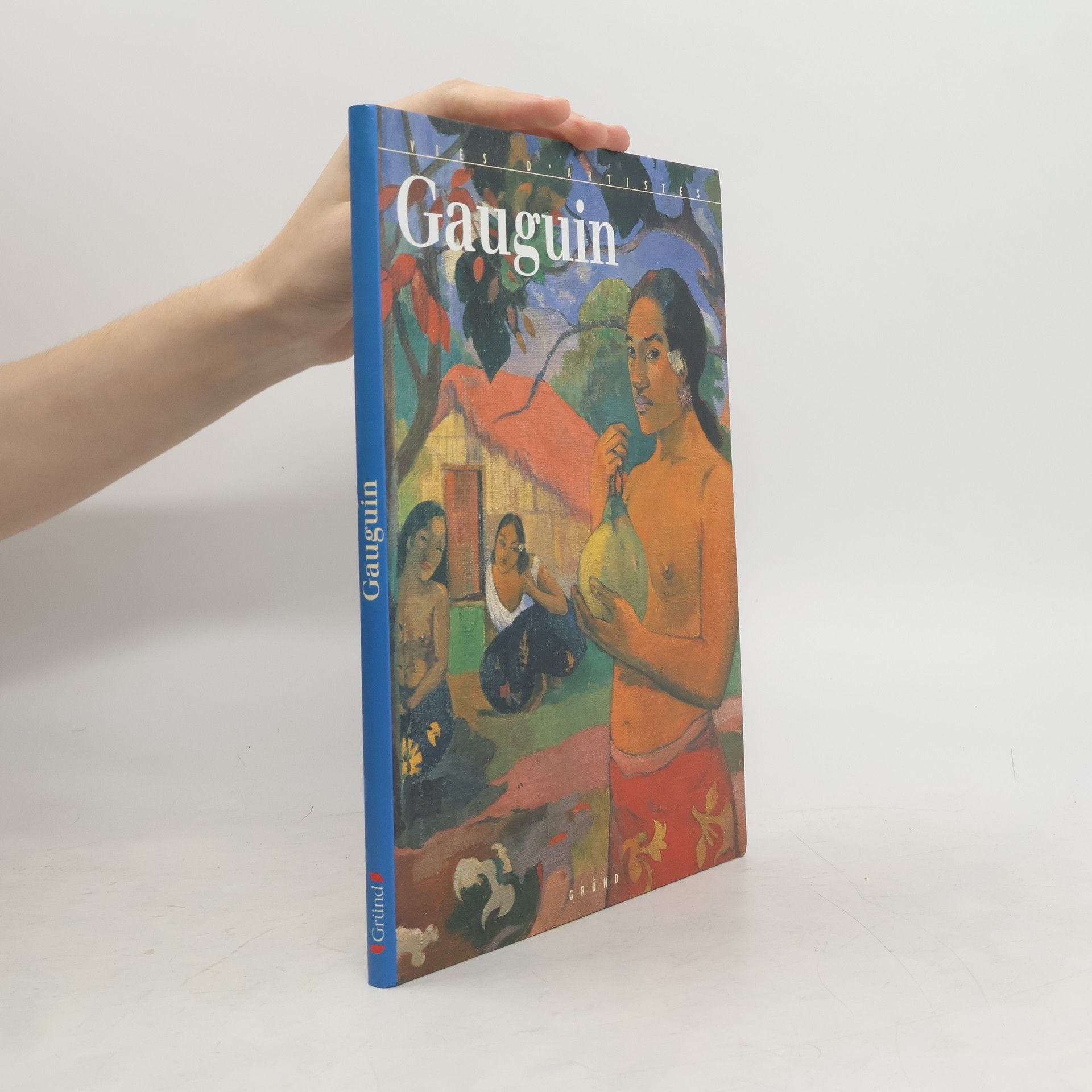

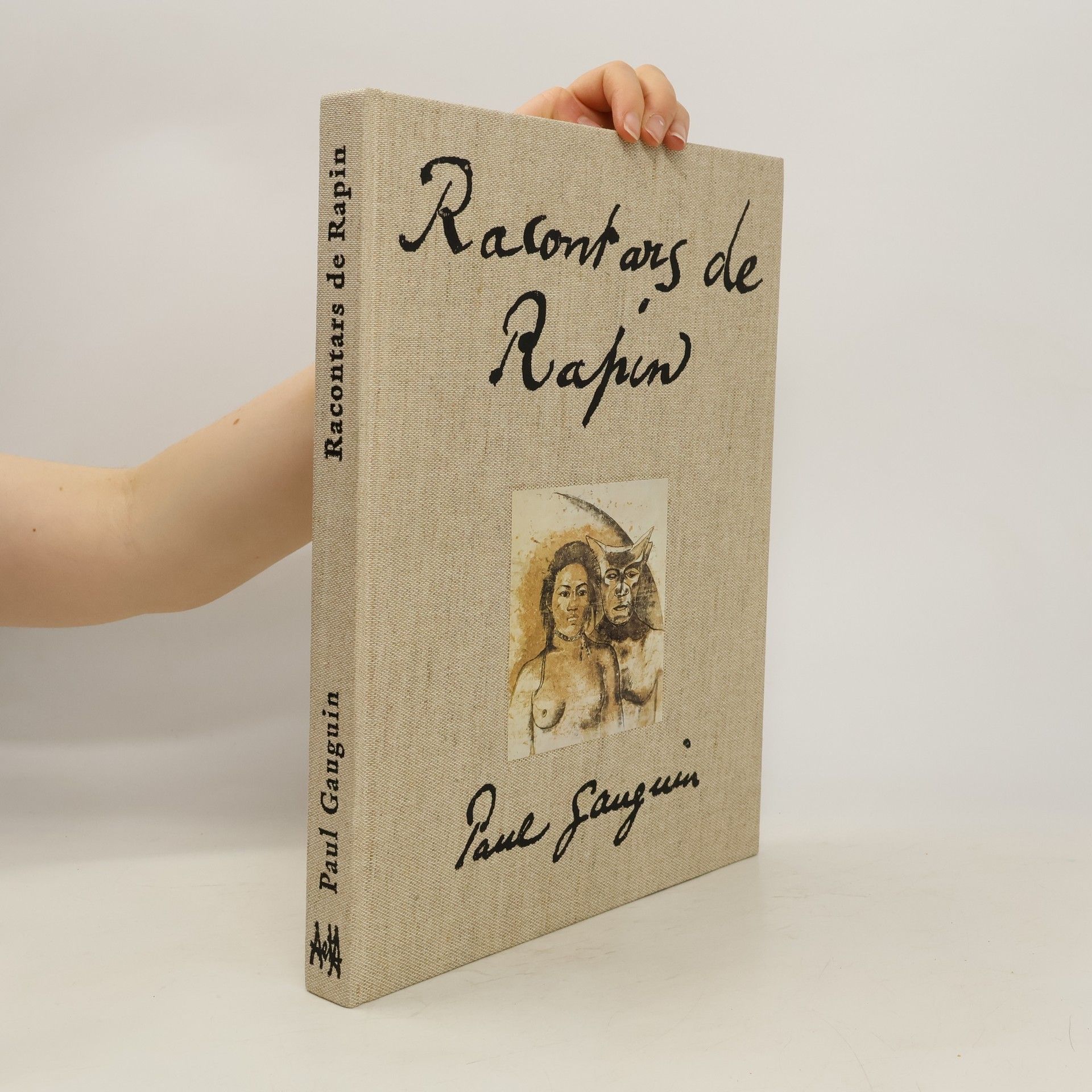

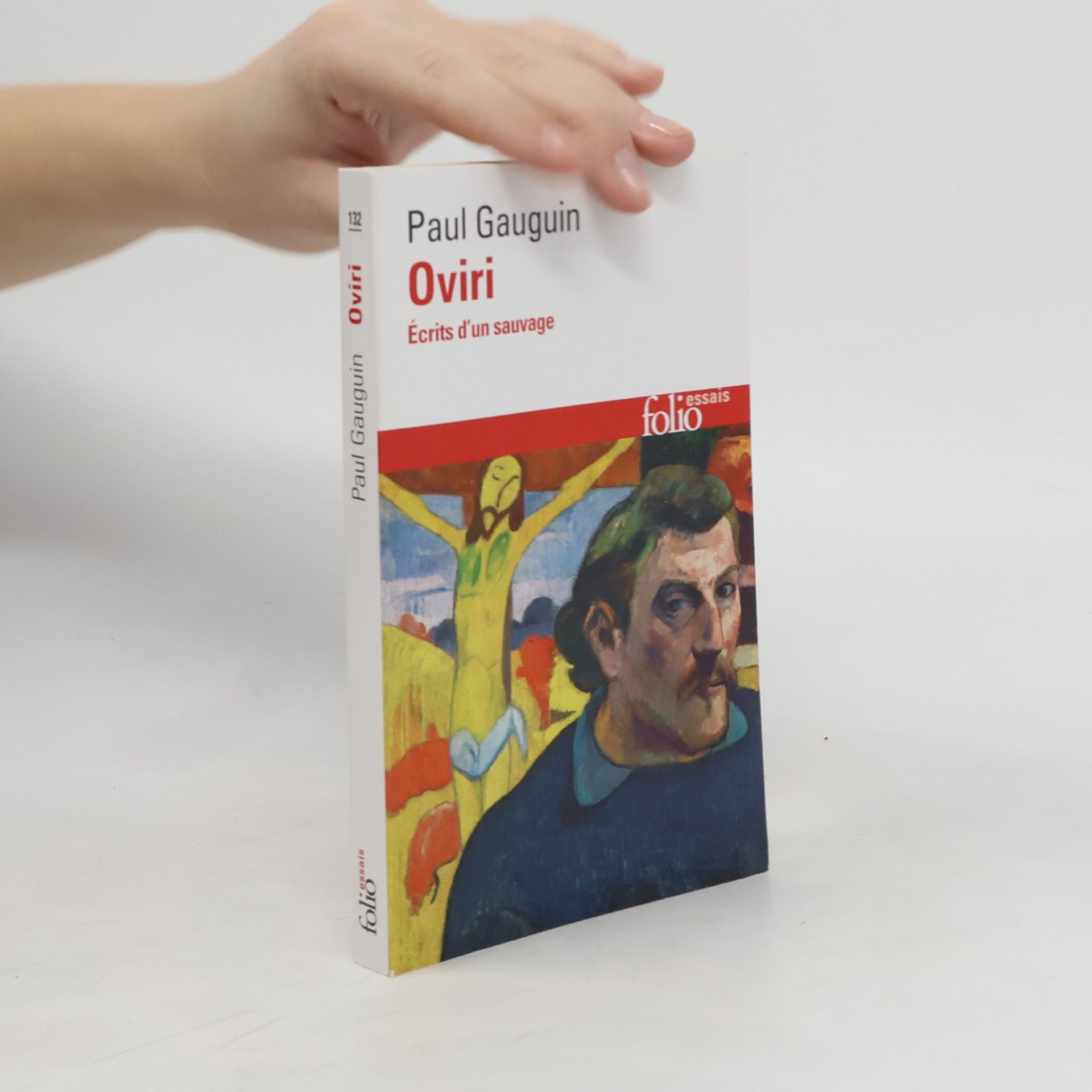

Oviri: Écrits d'un sauvage
- 350pages
- 13 heures de lecture
Assemblage de textes très accessibles. Un grand peintre explique sa peinture et livre ses secrets. On découvre aussi l'étendue et la diversité de la culture de Gauguin
" À ma fille Aline, ce cahier est dédié. Notes éparses, sans suite comme les rêves, comme la vie toute faite de morceaux. Ces méditations sont un reflet de moi-même. Elle aussi est une sauvage, elle me comprendra..." Paul Gauguin entama la rédaction du Cahier pour Aline en décembre 1892, lors de son premier séjour à Tahiti. " Ce cahier essentiellement philosophique, écrit d'un moraliste au moins autant que d'un peintre ", comme le décrit Philippe Dagen dans sa préface, ne parviendra jamais à Aline, la fille tant aimée, qui mourut d'une pneumonie foudroyante en 1897 à l'âge de 19 ans.
Unsere Kalender sind auf umweltfreundlichem Papier gedruckt und vom FSC zertifiziert. 16-Monats-Kalender mit internationalen Feiertagen und den Feiertagen der wichtigsten Weltreligionen. Broschürenkalender - Fine Arts 30x30 cm (geöffnet 30x60 cm)
Paris. Éditions de la Réunion des musées nationaux, 1989. 4to brossura, pp. 494 compl. ill.
Paul Gauguin's Intimate Journals
- 192pages
- 7 heures de lecture
Unappreciated in his own lifetime, Paul Gauguin (1848-1903) is now recognized as one of the giants of French postimpressionism and a pioneer of early modernism. A rebel in both art and life, he rejected his bourgeois upbringing and comfortable stockbroker's job to devote his life to painting. Eventually, dismayed by the "hypocrisy of civilization" and in search of a primitive idyll, he left Paris and took up residence in the South Seas, first in Tahiti and, later, in the Marquesas Islands. He would never return to Europe. In the final months of his life, he wrote this witty, revealing autobiographical memoir with the request that it be published upon his death. It first appeared in the original French in 1918, and was translated into English three years later. As his son Émile wrote in the preface, "These journals are an illuminating self-portrait of a unique personality. They bring sharply into focus for me his goodness, his humor, his insurgent spirit, his clarity of vision, his inordinate hatred of hypocrisy and sham."Wide-ranging and elliptical, these candid reflections reveal Gauguin's thoughts about many subjects, including frank views on his fellow artists back in Paris, his turbulent relationship with Van Gogh and the charms of Polynesian women, while providing glimpses into his often far-from-idyllic life in the islands. This beautiful facsimile reproduces the first American translation of the journals, a rare limited edition privately published in New York in 1921 for a select group of subscribers. With full-page sketches by the artist, these entertaining and enlightening musings give us a unique insight into Gauguin the man and the artist. Translated from French by Van Wyck Brooks (1886-1963)
Gauguin by himself
- 224pages
- 8 heures de lecture
Paul Gauguin
- 95pages
- 4 heures de lecture
Traces the career of the post-Impressionist whose principles of color & composition strongly influenced modern paintin~~g, from his earliest works to his signature South Seas paintings of island life. Chronology. 9" x 11 3/4". Full-color plates & b&w illus.
